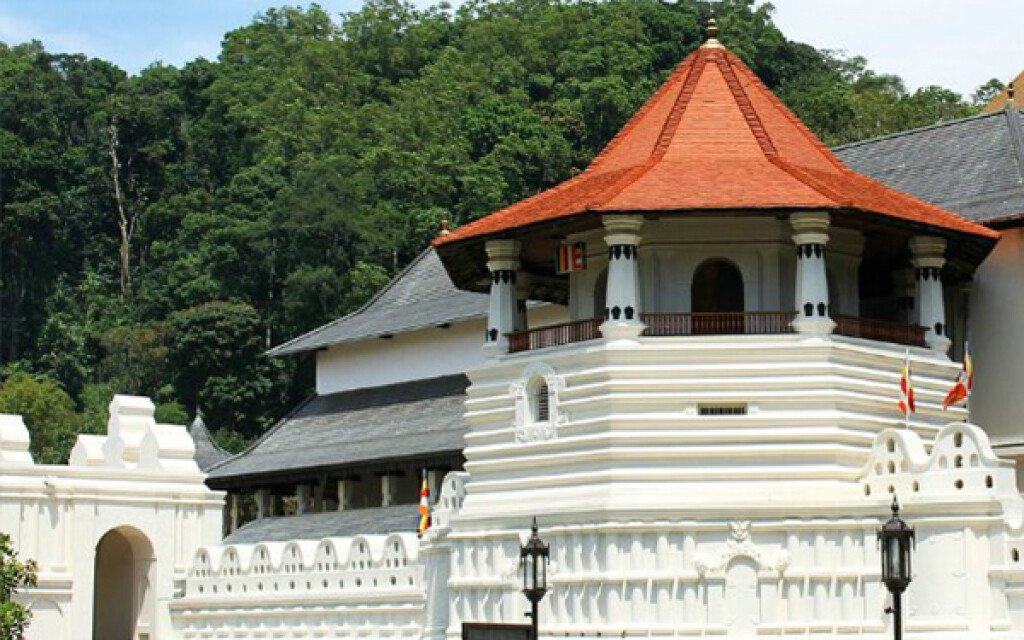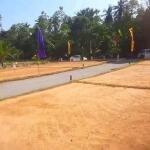
Exploring Sri Lanka's Architectural Gems: A Journey Through Iconic Buildings
Introduction
Sri Lanka is a country rich in history, culture, and architectural marvels. From ancient temples to colonial-era structures and modern masterpieces, the nation boasts a diverse range of architectural gems that tell stories of its past and present. In this article, we will take you on a journey through some of Sri Lanka's iconic buildings, showcasing their unique architectural styles and historical significance.
Temple of the Tooth Relic, Kandy:
Located in the picturesque city of Kandy, the Temple of the Tooth Relic (Sri Dalada Maligawa) is an architectural masterpiece and a UNESCO World Heritage site. The temple houses a sacred tooth relic of the Buddha and showcases exquisite Kandyan architectural design. With its intricate woodwork, gilded decorations, and stunning craftsmanship, the temple stands as a testament to Sri Lanka's rich cultural heritage.
Dutch Hospital, Colombo:
Situated in the heart of Colombo's historic Fort district, the Dutch Hospital is a remarkable colonial-era building that has been transformed into a vibrant shopping and dining precinct. Built in the 17th century by the Dutch East India Company, the building features a distinct Dutch colonial architectural style with its thick walls, arched colonnades, and red-tiled roof. Today, it stands as a charming symbol of the city's past and serves as a popular gathering place for locals and tourists alike.
Old Parliament Building, Colombo:
The Old Parliament Building in Colombo is an architectural gem that reflects the country's colonial heritage. Built during the British colonial era, the grand neoclassical structure stands as a prominent landmark along Galle Face Green. Its Corinthian columns, ornate facades, and majestic central dome make it a captivating sight. While the building no longer serves as the parliament, it remains a cherished symbol of Sri Lanka's political history.
Independence Memorial Hall, Colombo:
The Independence Memorial Hall is a significant architectural monument that commemorates Sri Lanka's independence from British rule. Located in Colombo's Independence Square, the building showcases a blend of traditional and modernist architectural elements. The design draws inspiration from the ancient Sinhalese architecture, with its distinctive domes, stone carvings, and ornamental motifs. The hall serves as a venue for national celebrations and cultural events.
Geoffrey Bawa's Lunuganga Estate:
Geoffrey Bawa, a renowned Sri Lankan architect, left an indelible mark on the country's architectural landscape. The Lunuganga Estate, located in Bentota, was his country retreat and a testament to his innovative design philosophy. The sprawling estate features lush gardens, serene water bodies, and a collection of buildings that seamlessly blend with the natural surroundings. It showcases Bawa's signature tropical modernist style, emphasizing open spaces, natural ventilation, and integration with the environment.
Conclusion
Sri Lanka's architectural gems tell captivating stories of its rich history, cultural heritage, and architectural prowess. From ancient temples and colonial-era buildings to modern architectural marvels, each structure offers a glimpse into the country's past and present. Exploring these iconic buildings allows visitors and enthusiasts to appreciate the craftsmanship, design aesthetics, and cultural significance that make Sri Lankan architecture truly remarkable.











